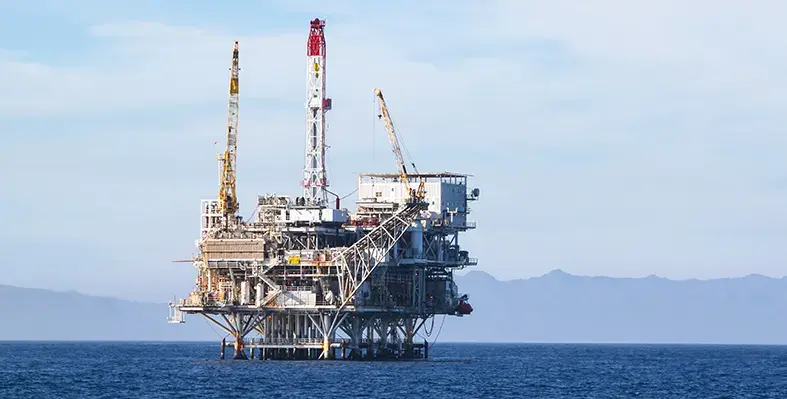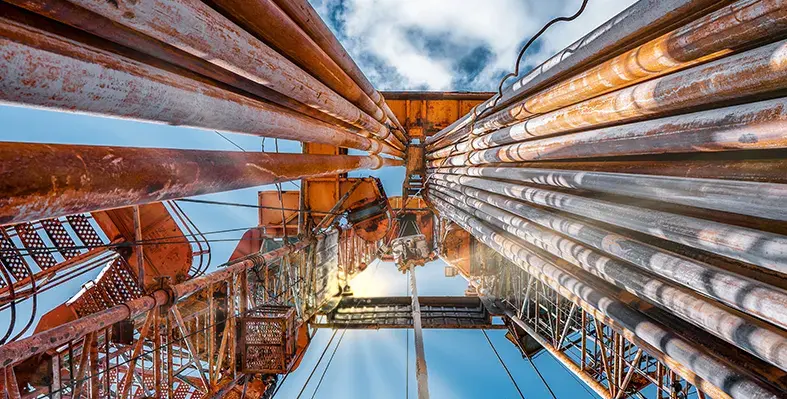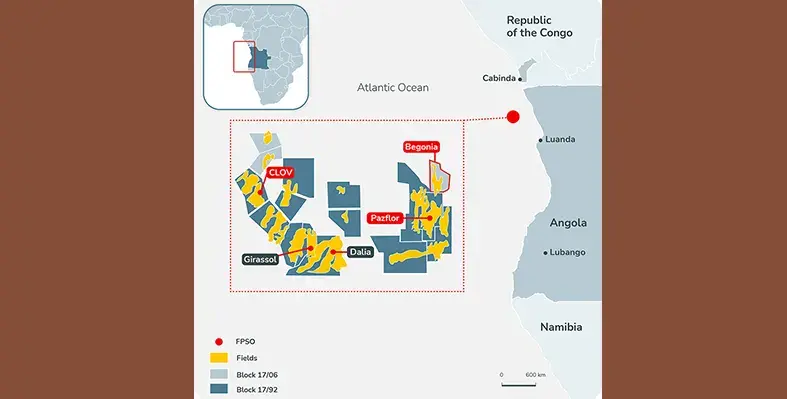
Alvenco is led by Namibia’s former-Minister of Mines and Energy Tom Alweendo. (Image source: African Energy Chamber)
Namibia's exploration and production industry is drawing increased investments before it readies for production in 2029
It is emerging as the leading hydrocarbons producer from Africa as global oil giants and independents as well as local energy companies are investing in the country. These companies need expert advice to navigate Namibia's unique industry, and the newly launched Alvenco Advisory is addressing this need.
Led by Namibia’s former-Minister of Mines and Energy Tom Alweendo, the firm is a strategic advisory provider that generates investment pathways that will bring profit, inclusivity and sustainability. The firm's approach is collaborative as it works closely with the government stakeholders and private companies so that they step in sync with the country's energy goals through policy and regulatory support, strong alignment with national priorities, local stakeholder engagement and ESG focus as well as strategies for shared value and long-term returns.
The advent of Alvenco Advisory couldn't have been more timely given the global rise of Orange Basin. Next year, TotalEnergies awaits reaching a final investment decision for its Venus discovery. Galp, on the other hand, has been reporting consistently good yields from the Mopane wells.
On the exploration front, Rhino Resources is making strides towards field development following a discovery at the Capricornus-1X well in April 2025 and the confirmation of a hydrocarbon reservoir at the Sagittarius-1X well in February 2025. Halliburton is set to drill two exploration wells at Block 2914 in PEL 85 while Stamper Oil & Gas Corp is also pursuing exploration projects in the Orange and Lüderitz Basins. Chevron is spearheading exploration in the Walvis Basin following its acquisition of an 80% stake in Blocks 2112B and 2212A. These investments seek to unlock a new hydrocarbon province in southern Africa.
“Namibia is on the cusp of extraordinary change. With major oil discoveries and bold steps into green hydrogen, we have a unique opportunity and responsibility to ensure that our natural resources uplift all Namibians. Alvenco Advisory will not only support global investors in Namibia, but ensure their investments unlock tangible opportunities for the people of Namibia. At Alvenco Advisory, we are committed to driving inclusive and sustainable projects. We are here to align the goals of governments and investing companies – if you’re investing in Namibia or thinking about it let’s talk," said Alweendo.







